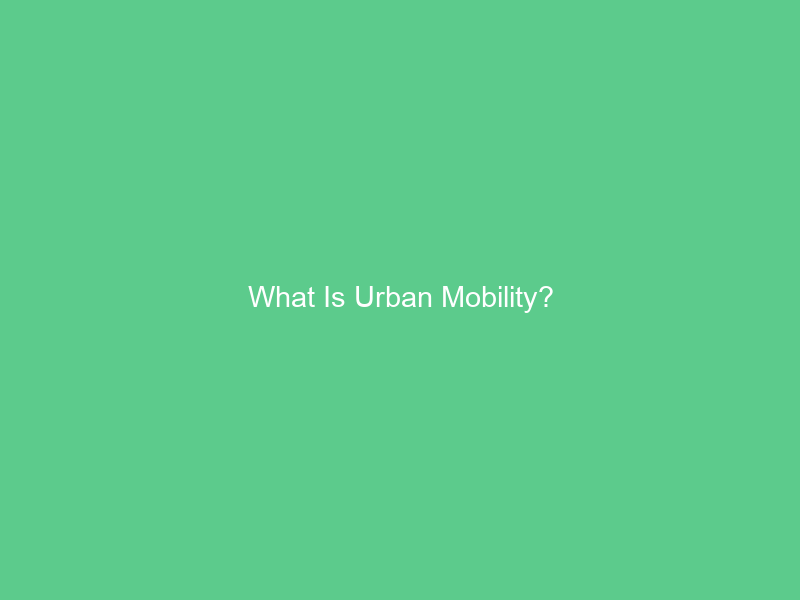Urban mobility refers to the movement of people within a city, from daily trips and commutes, touristic tours, sports events or distribution movements.
Urban mobility problems typically involve building more infrastructure – often cars – which increases traffic and congestion while increasing air pollution and road safety risks.
Megacities
Megacities, large urban agglomerationss with more than 10 million residents, are becoming an increasingly common sight across developing regions. Their exponential expansion places immense strain on infrastructure and governance systems.
Accelerated urbanization is often driven by rural-to-urban migration in search of better employment, education and living standards. Unfortunately, such migration can lead to the formation of slums in cities as a result.
To address these challenges, governments in megacities must develop new policies and implement innovative solutions for sustainable urban mobility. This involves encouraging green buildings and infrastructure, adopting smart city technologies and encouraging population engagement with sustainability initiatives. They should also create policies promoting self-help programs so citizens have access to materials, knowledge and methods necessary for helping themselves. It is vital for their long-term survival that both hard and soft approaches be balanced effectively – otherwise megacities risk becoming unhealthy and failing.
Suburbs
Many factors influence people to move outward from the center of a city. People frequently search for affordable living spaces in tightly knit communities with more family-oriented features; as well as access to important community facilities like schools and healthcare services.
They may need to commute for work, so they search for efficient transportation options that minimize traffic and pollution, while remaining sustainable and competitive compared with personal vehicle use. According to recent studies, commuters waste an average of 199 hours annually stuck in traffic jams!
Suburbs are an assortment of neighborhoods featuring various housing types, sizes, and intensities. They often boast road networks with cul-de-sacs, large residential streets, and strip malls instead of traditional downtown shopping districts; furthermore they may contain higher shares of Latino or Hispanic Americans, Black Americans residents as well as youth who identify with multiple races.
Transit-Oriented Cities
Economic productivity of cities depends on an efficient transport system to move people and goods between various points in space. Urban rail development is a vital element of this strategy; its success requires careful planning and integration into overall urban development strategies.
Transit-oriented development (TOD) approaches are becoming more prevalent across cities as a means to build dense communities close to public transit stations that enable residents to access jobs, services, amenities and jobs without using cars – helping lower vehicle emissions while simultaneously decreasing environmental costs.
TOD involves creating mixed-use communities centered on transit stations with dense population densities and diverse land uses and street designs to encourage walking – which in turn increases social interactions among neighbors, fostering a sense of community while also increasing safety and security measures in these urban developments.
Smart Cities
Smart Cities use digital solutions to improve the quality of life for their residents, striving to promote sustainability, accessibility, and inclusion by incorporating intelligent transport networks, innovative urban mobility solutions, and connected public services into the urban fabric.
Smart city technology comprises sensors that monitor air quality and traffic flow, adjust illumination according to pedestrian presence and direct drivers toward available parking spaces. Furthermore, these technologies offer real-time space management, structural health monitoring and energy consumption tracking features.
Smart cities pose unique challenges when it comes to making sure their solutions are accessible to all citizens, which requires regular citizen engagement via forums, digital platforms and other methods. Data collection processes must protect privacy without creating unnecessary surveillance; smart city technologies must also meet unique challenges of diverse populations in an equitable fashion; initiatives must take account of cultural aspects unique to a place as part of this equation.

